If you’ve ever pondered the design of a bathtub while soaking in one, you might have noticed that bathtubs are almost always horizontal and wide rather than vertical and narrow. This might spark the question—why are bathtubs more horizontal in a lot of places rather than vertical? Is it merely an aesthetic decision, or is there functionality behind this design choice?
To uncover the reasoning, we’ll explore the history, functionality, and technological innovations—like modern acrylic tubs—that influence this popular, horizontal design. By the end of this, you'll have a deeper appreciation for the role bathtubs play in our homes and why their design has stood the test of time.
A Brief History of Bathtubs
Before we discuss why bathtubs are horizontal, it’s essential to understand how bathtubs evolved. Historically, bathing wasn't always the luxurious experience it is today. Public baths and multipurpose vessels sufficed for most people. Over time, private bathing spaces emerged, especially as plumbing systems became more advanced in the 19th century.
The horizontal bathtub became the standard because it mimicked natural sitting and reclining positions used in earlier tubs or even natural bodies of water. This design proved practical, comfortable, and efficient for filling and draining water.
Functional Reasons Why Bathtubs Are Horizontal
Bathtubs are not just horizontal for the sake of tradition; there are several functional factors behind their design:
1. Comfort and Relaxation
The horizontal structure of a bathtub allows for greater relaxation. Reclining in a natural, laid-back position with adequate support for your back and legs ensures a comfortable soak. Vertical designs, by comparison, would leave you upright and uncomfortable, similar to sitting on a chair, which defeats the purpose of a long, soothing bath.
2. Efficient Use of Water
A classic, horizontal bathtub can hold enough water to immerse your body while still being efficient in water usage. A vertical tub, on the other hand, would require much more water to achieve full immersion, making it less eco-friendly and practical, especially in regions with water conservation concerns.
3. Easy Accessibility
Horizontal bathtubs are easier to get in and out of, particularly for children, older adults, and individuals with mobility challenges. Vertical tubs would necessitate stepping into something much deeper, which could pose safety risks or require additional features (like ladders or steps) that increase costs and complexity.
4. Versatility
Horizontal tubs are highly versatile, serving multiple purposes. Besides soaking, they’re often used for quick showers when paired with a showerhead, bathing young children or pets, and even as a quick rinse-off space for muddy shoes or toys. Their horizontal design accommodates all of these tasks seamlessly, which a vertical design cannot.
The Role of Modern Materials in Bathtub Design

The material used to construct bathtubs has also played a significant role in popularizing horizontal designs. Traditional materials like cast iron or stone were heavy and difficult to mold, making a shallow horizontal design more practical. But with the advent of lightweight, moldable materials like acrylic, design possibilities expanded.
Why Acrylic Tubs Are a Game-Changer
Modern acrylic tubs are among the most popular choices today, and for good reason:
· Lightweight: Easy to install and versatile enough to fit horizontal designs or even uniquely shaped bathtubs.
· Durable: Acrylic is long-lasting and resistant to chipping, making it a go-to option for families.
· Customizable Shapes: While horizontal tubs remain the standard, acrylic allows for options such as soaking tubs or spa-style designs in various configurations.
· Affordable: Compared to materials like cast iron, acrylic tubs are more budget-friendly while maintaining style and functionality.
· Heat Retention: Acrylic tubs retain heat well, ensuring your bath stays warm and cozy longer.
These factors make acrylic an ideal material for functional yet stylish horizontal bathtubs, perfect for modern households.
Cultural Influences on Bathtub Design
While horizontal bathtubs dominate in the U.S. and many other countries, cultural practices influence bathing habits, which can affect design preferences.
East vs. West Bathing Cultures
· Western Design: Most American homes feature horizontal bathtubs, often combined with a shower, where quick bathing is the norm. A horizontal design meets both the need for quick hygiene and occasional relaxation.
· Asian Design: Some regions, like Japan, are known for deep soaking tubs called ofuro tubs, which are more compact and closer to a vertical design. These tubs focus on full-body immersion but still deviate from a purely vertical form that mimics a standing posture.
These differences reflect how culture and daily routines impact bath design and use.
What About Vertical Tubs?
Though horizontal bathtubs are the clear favorite, vertical tubs (often referred to as soaking tubs or walk-in tubs) do exist. These are typically preferred by individuals looking for specific benefits:
· Compact Design: Vertical styles can fit in smaller bathrooms where a full-length tub isn’t possible.
· Therapeutic Benefits: Walk-in tubs often feature therapeutic jets and are designed for seniors or those with limited mobility, prioritizing function over aesthetics.
However, vertical tubs lack the versatility and aesthetic appeal of traditional horizontal tubs, which is why they remain less common.
Key Benefits of Horizontal Bathtubs (Recap)
1. Comfortable and Natural Position
2. Efficient Water Usage
3. Accessible for All Ages
4. Multipurpose Functionality
5. Compatible with Acrylic Technology for Durability
Trends in Modern Bathtub Design
Thanks to advancements in fabrication techniques, such as those used in acrylic tubs, modern horizontal bathtubs can now be tailored to fit diverse styles and needs, including:
· Freestanding Tubs: Perfect for adding a touch of luxury to your bathroom.
· Built-In Tubs: Ideal for functionality and space efficiency.
· Spa-Style Features: Jets, chromotherapy lights, and additional comforts are now commonly added.
· Eco-Friendly Options: Manufacturers are incorporating sustainable materials and water-saving designs into bathtub production, making eco-conscious horizontal tubs highly accessible.
Final Thoughts
The horizontal bathtub design isn’t just a product of tradition—it’s an ingenious solution to the need for comfort, accessibility, and efficiency. It’s why the design has endured and why modern materials like acrylic tubs continue to innovate yet stick to this tried-and-true blueprint.
Before you take your next soak, take a moment to appreciate the design and functionality built into your bathtub—it’s a product of history, culture, and innovation. And if you’re considering upgrading your space, an acrylic horizontal tub combines the best of modern design with timeless functionality.
Looking to create your dream bathroom? Explore a range of innovative acrylic tubs that are versatile, durable, and perfect for every home!

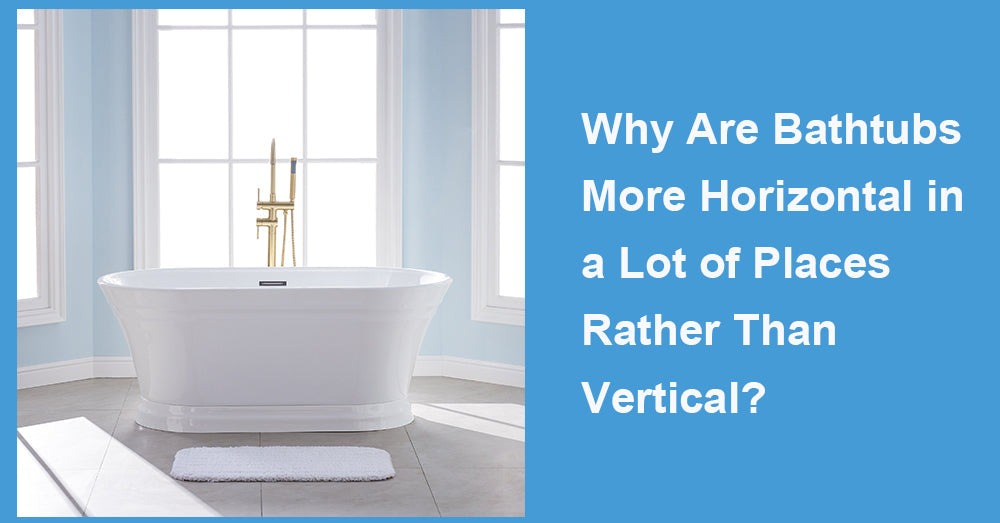
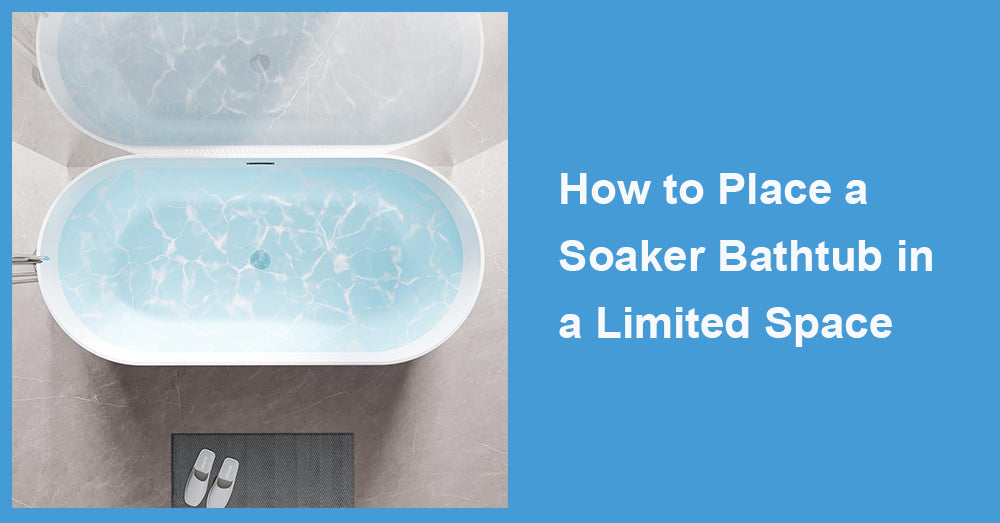
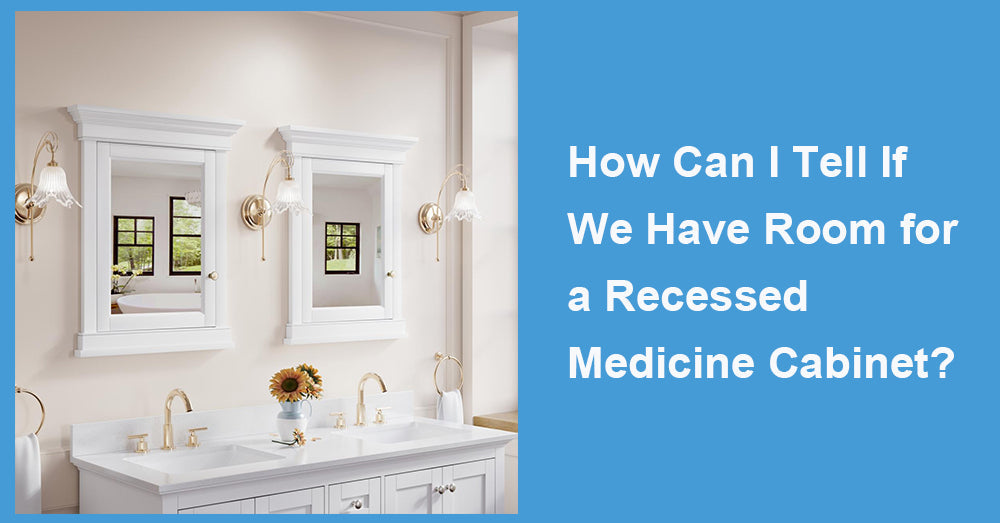
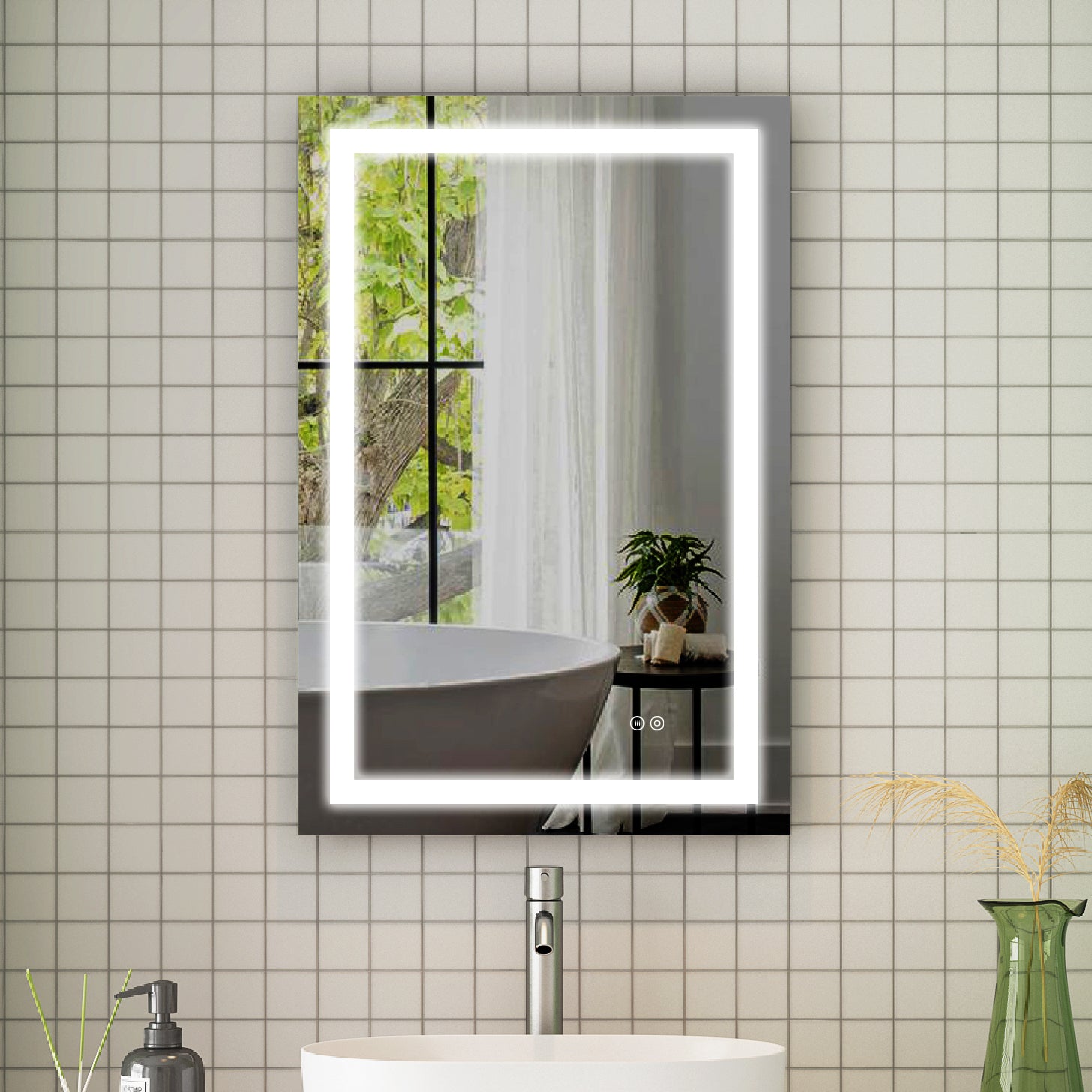

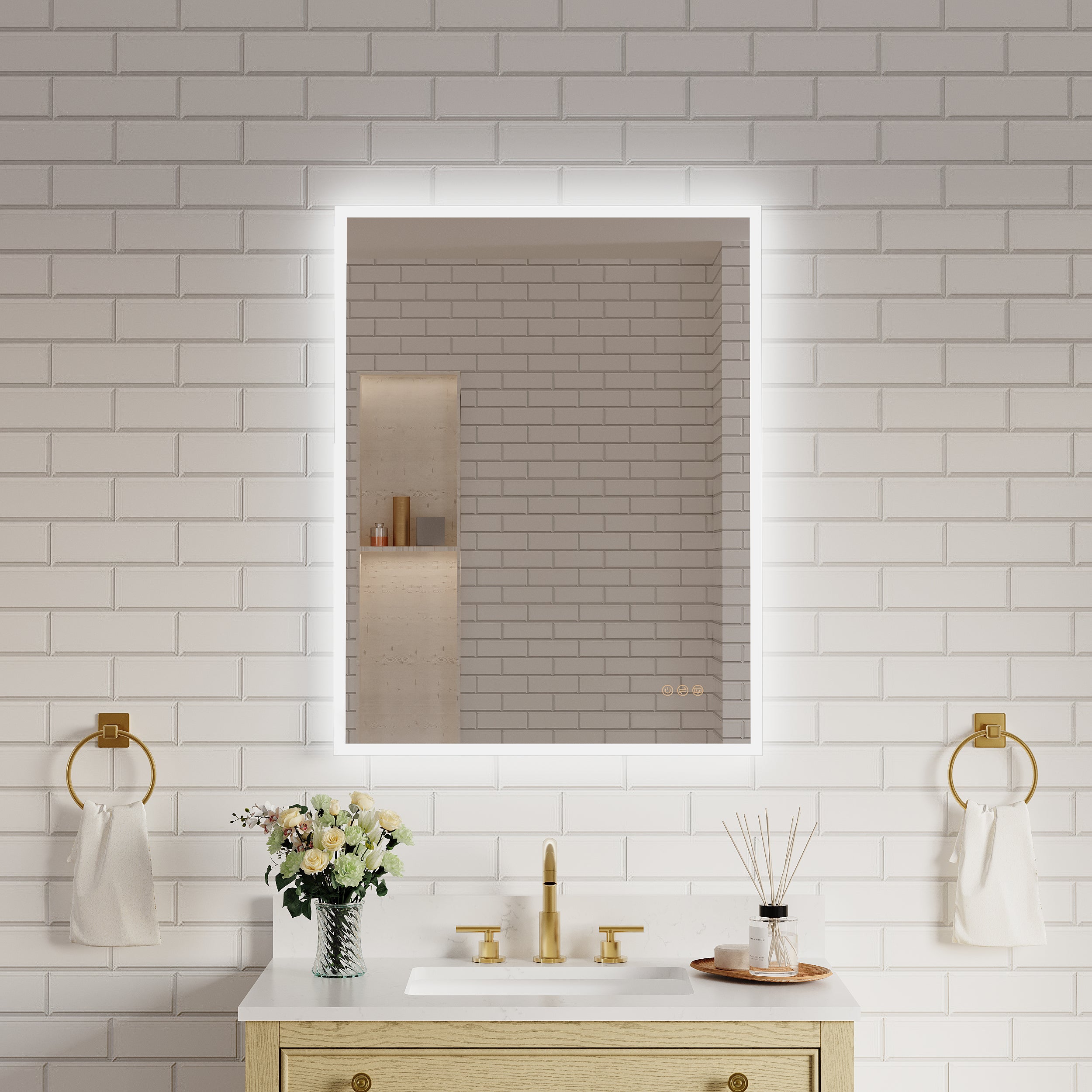

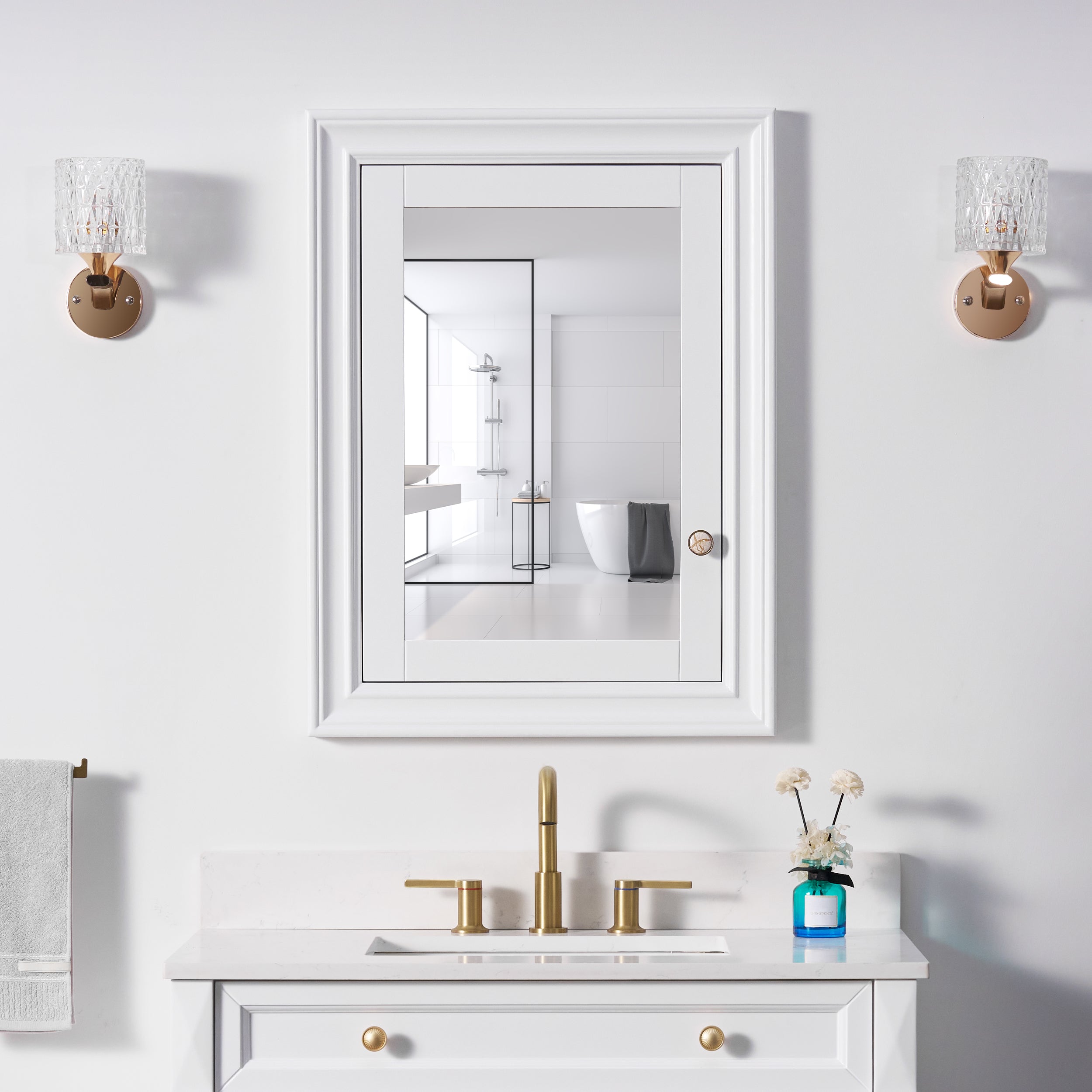
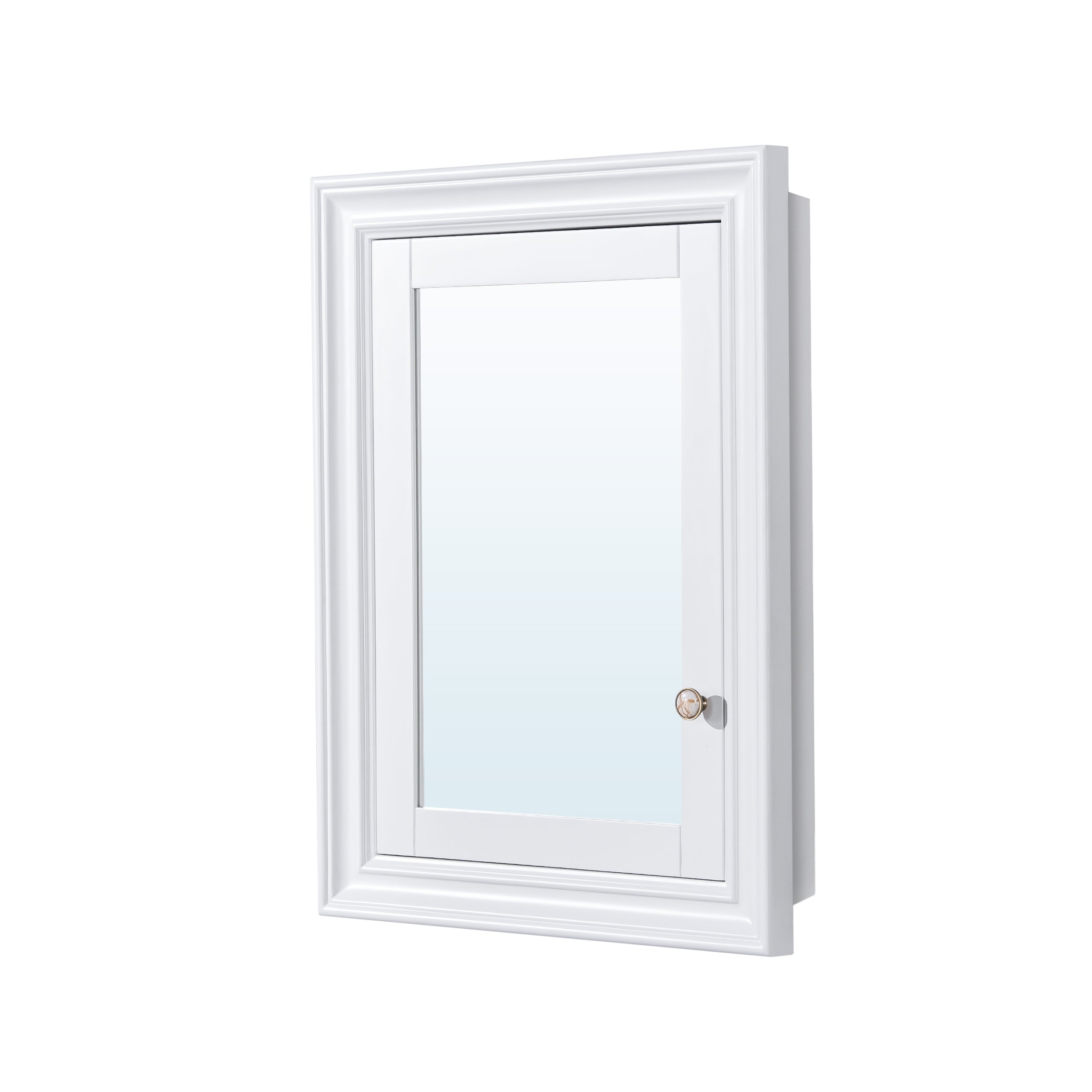
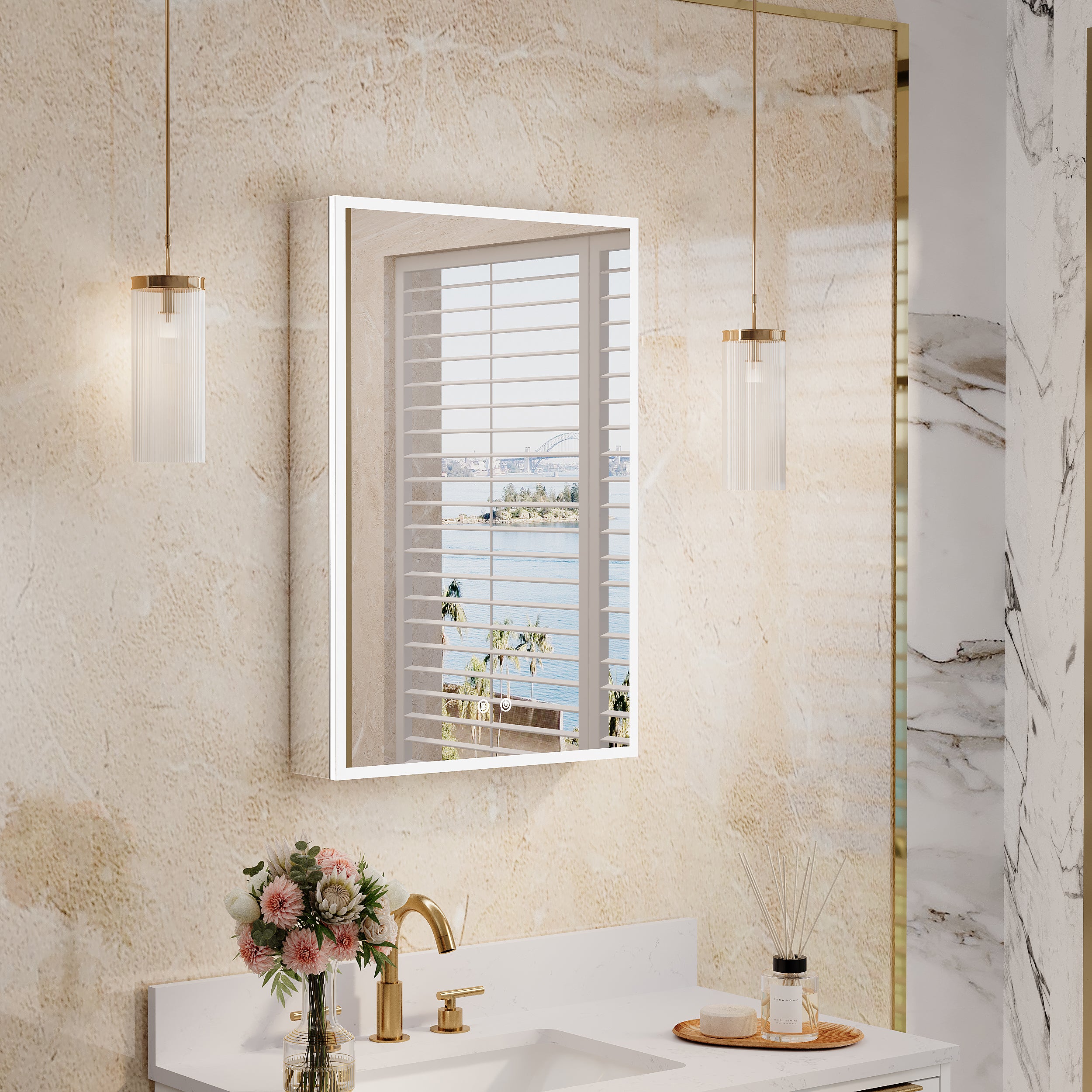
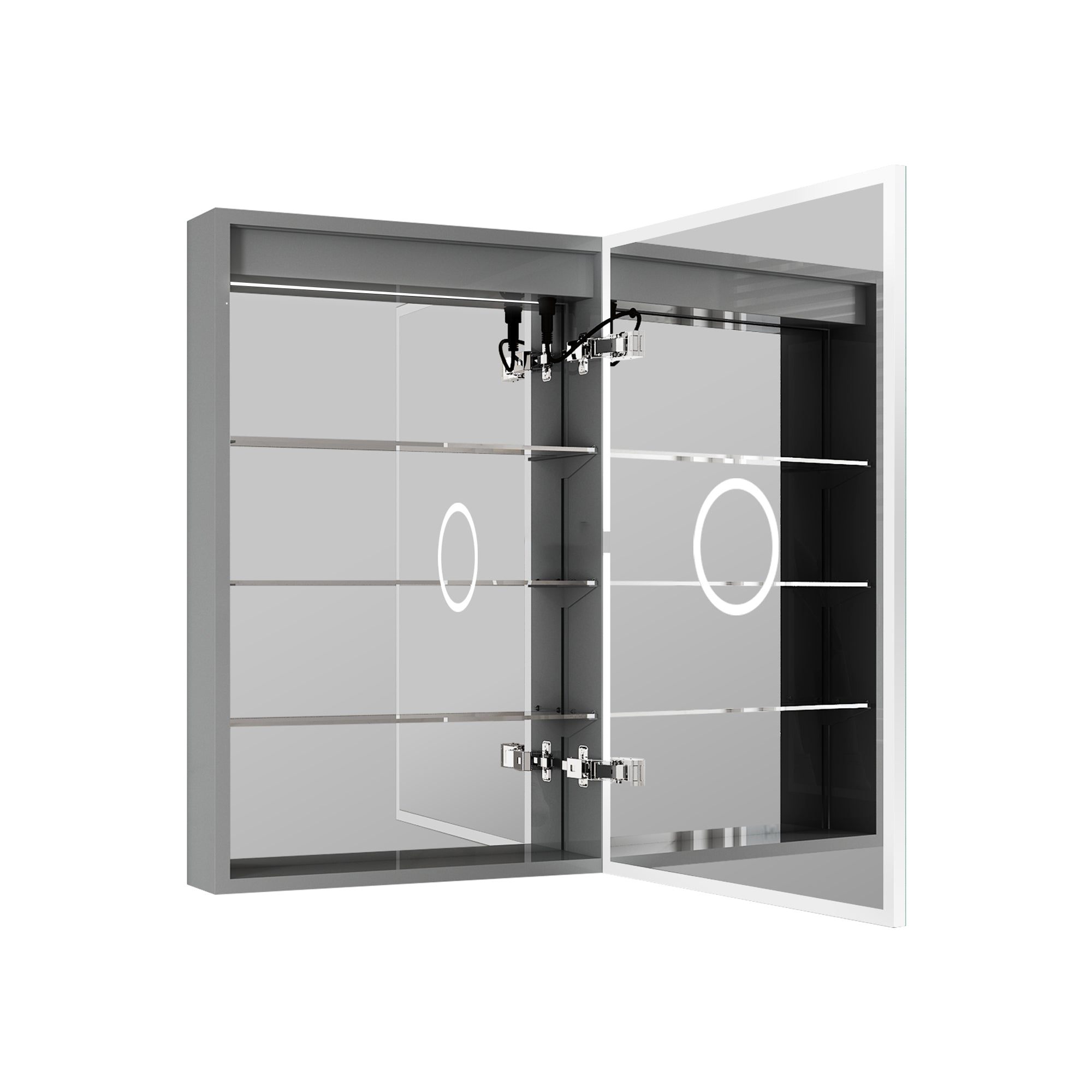
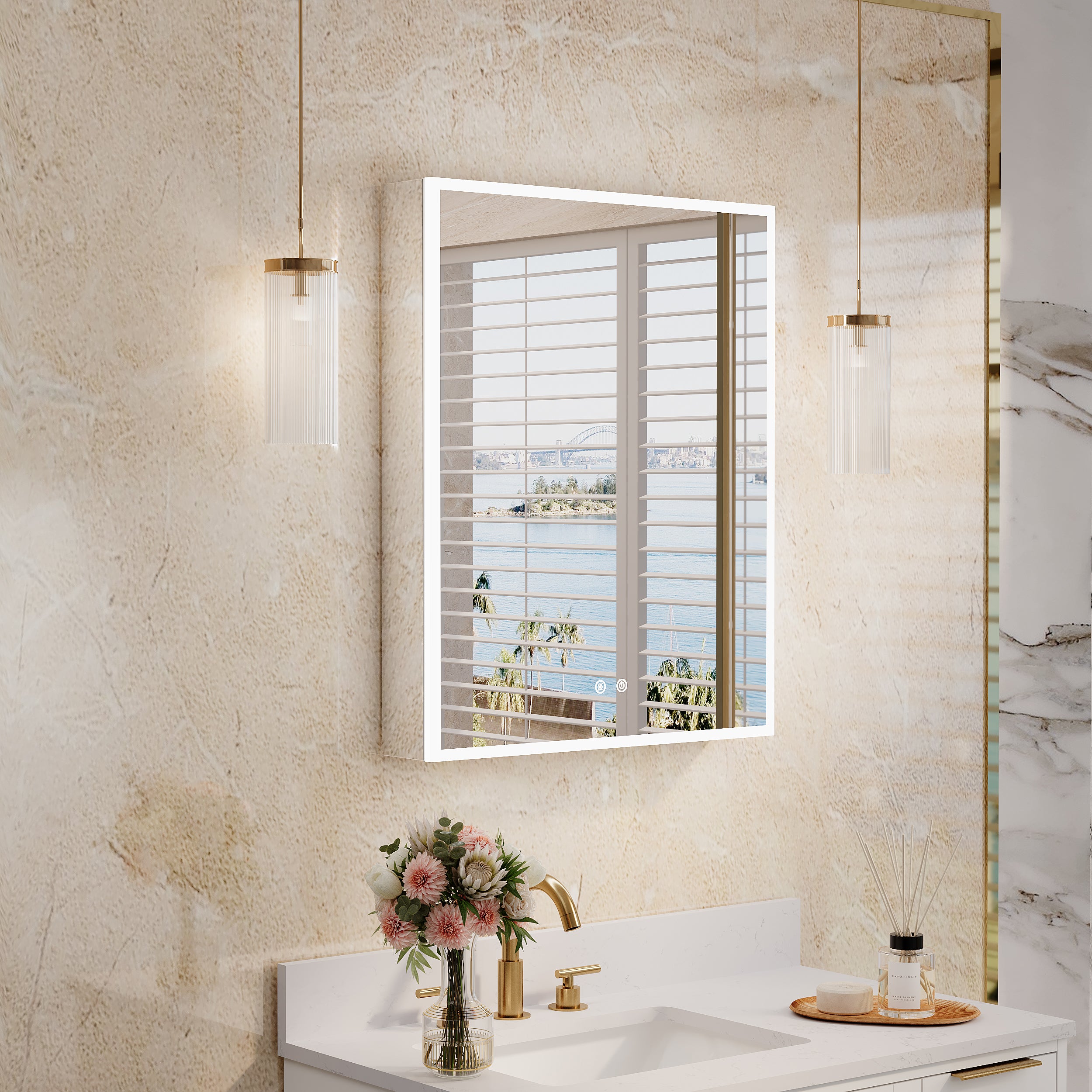
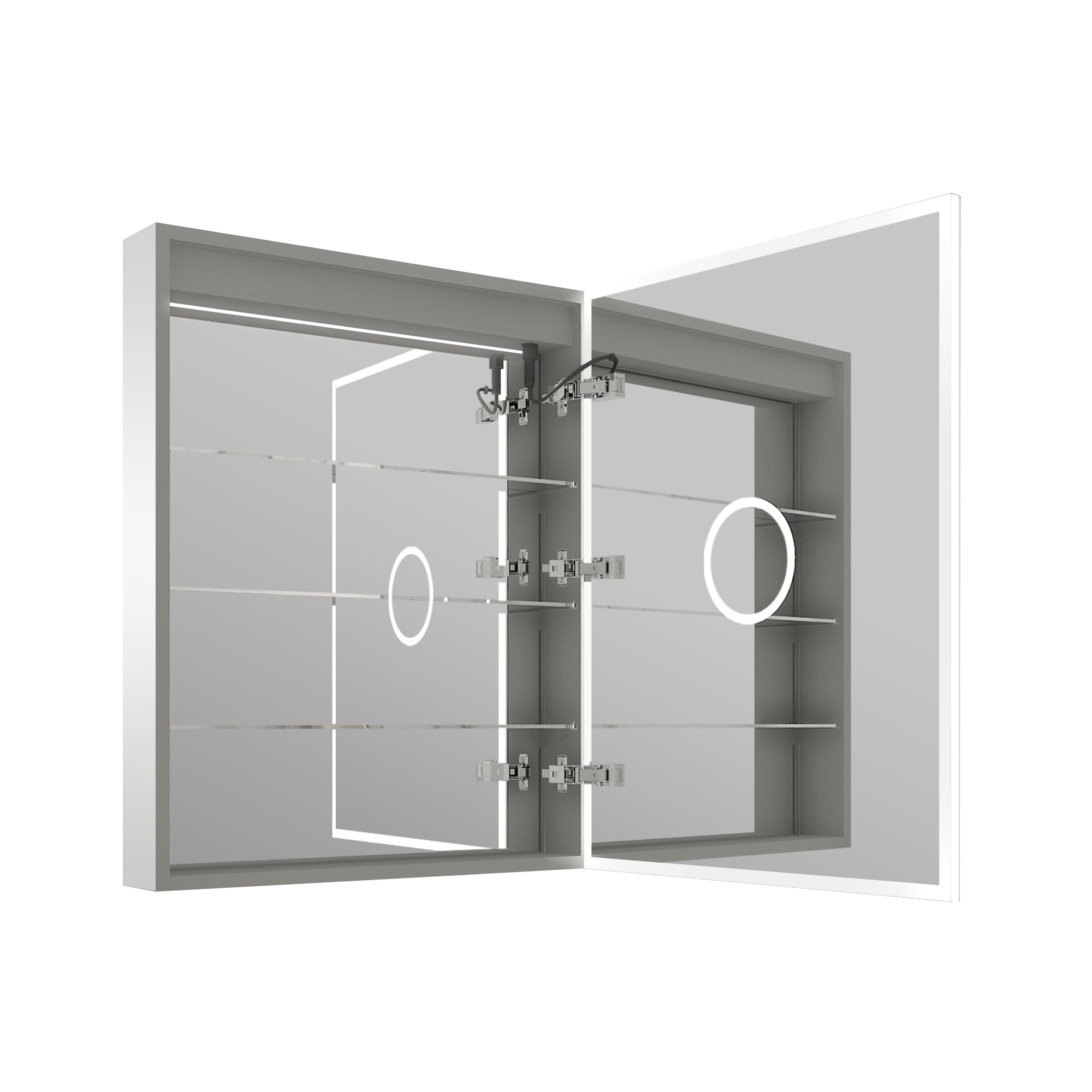
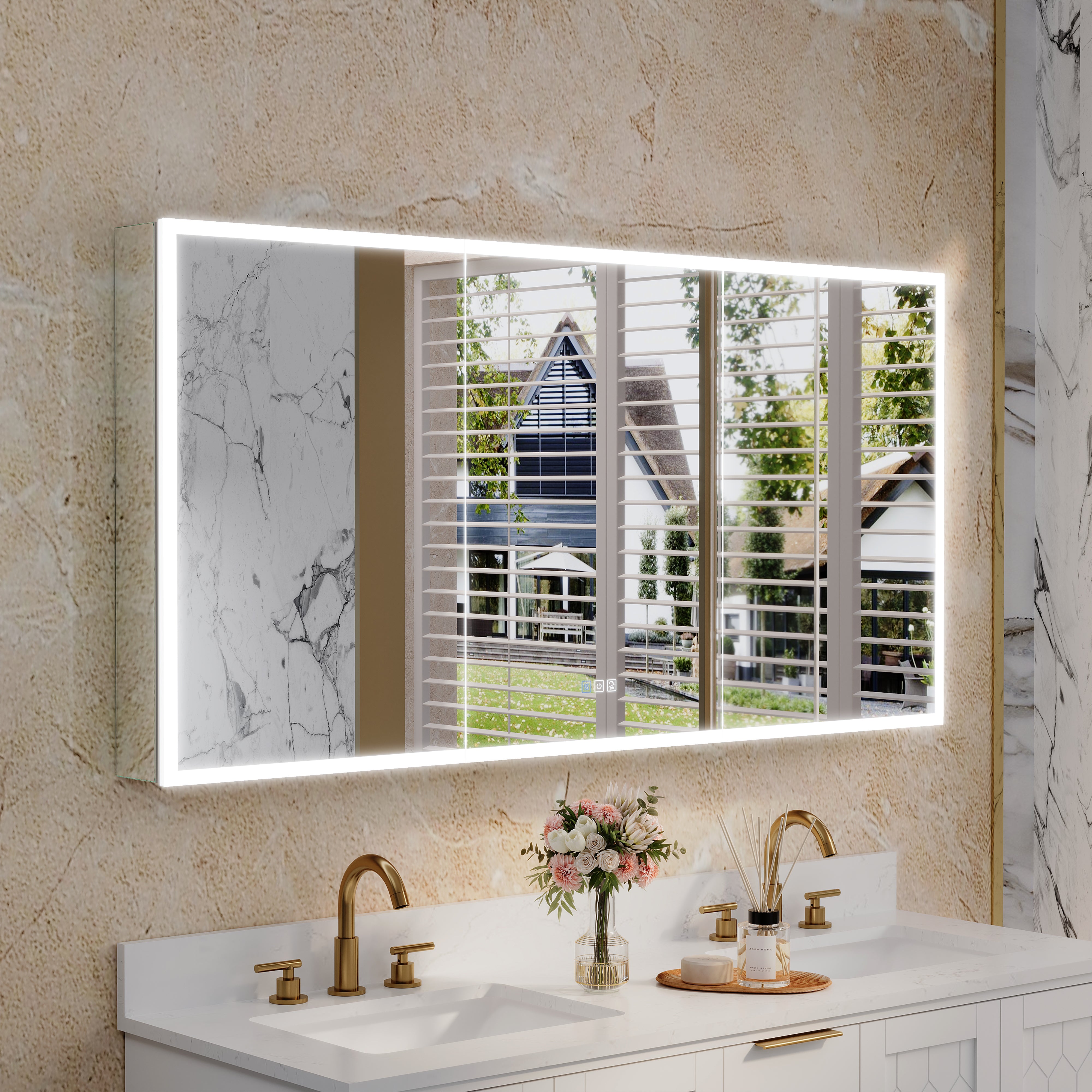
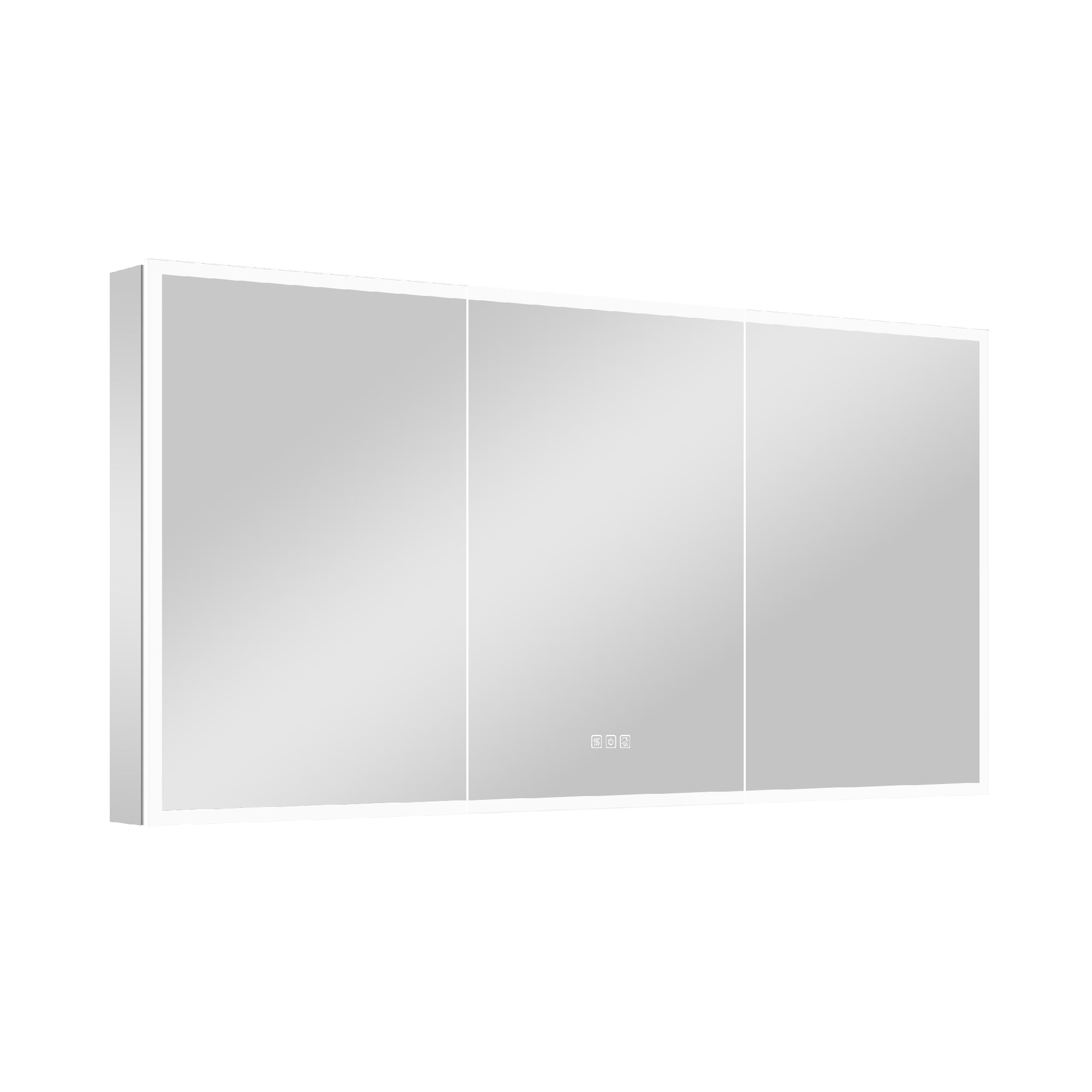
Leave a comment
This site is protected by hCaptcha and the hCaptcha Privacy Policy and Terms of Service apply.